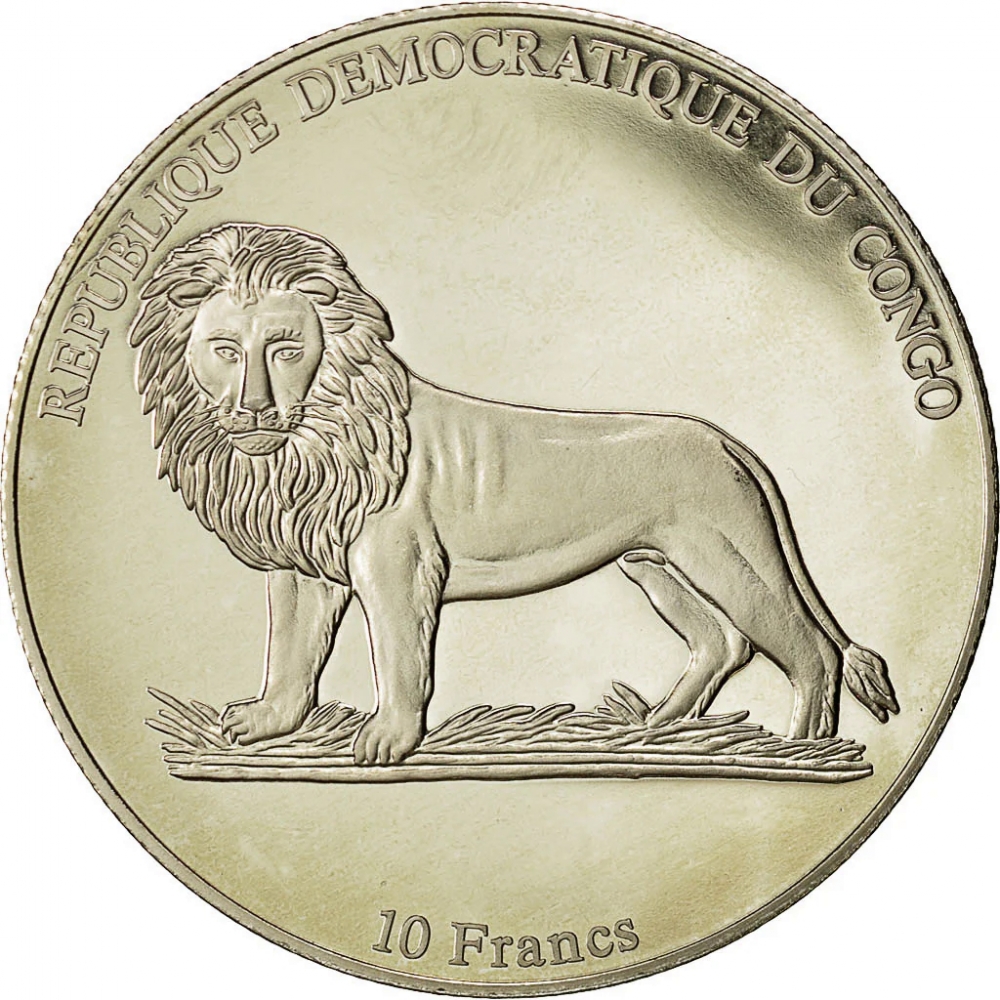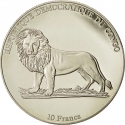You are about to finish your registration. Please check your mailbox (including spam folder). There should be a letter with a confirmation link. Check setting to make sure that your e-mail address is correct.
Send letter againDescription
The invention of the automobile was a gradual process, marked by key innovations over several centuries that transformed transportation. In the late 18th century, Nicolas-Joseph Cugnot, a French engineer, created a steam-powered vehicle, which is considered one of the earliest attempts at motorized transport. However, it was Karl Benz, a German inventor, who is credited with developing the first true automobile in 1885—a three-wheeled, gas-powered car known as the Benz Patent-Motorwagen. Benz’s invention was soon followed by improvements from pioneers like Gottlieb Daimler and Wilhelm Maybach, who created the first four-wheeled automobile. In the early 20th century, Henry Ford revolutionized the industry with the Model T and the introduction of the assembly line, making cars affordable and accessible to a broad public. This set the foundation for the global automobile industry, transforming how people live, work, and travel.
Obverse

|
Depicts an official emblem of the Laurent Kabila regime: a mature male lion standing to the left amid the grass, symbolizing strength and authority. Above the lion is the country’s name in French, and the denomination is placed below. REPUBLIQUE DEMOCRATIQUE DU CONGO |
|---|---|
Reverse

|
Depicts Opel Torpedo 1911 Tourer automobile, series title in French above, brand name and dates below. AUTOMOBILES HISTORIQUES |
| Edge |
10 Francs
Historic Automobiles
Opel Torpedo 1911
Subscribe series
KM# 191
Historic Automobiles
Opel Torpedo 1911
Characteristics
| Type | Commemorative Issue (Non-circulating) |
| Material | Cupronickel |
| Weight | 26 g |
| Diameter | 40 mm |
| Thickness | - |
| Shape |
|
| Alignment | Medal |



